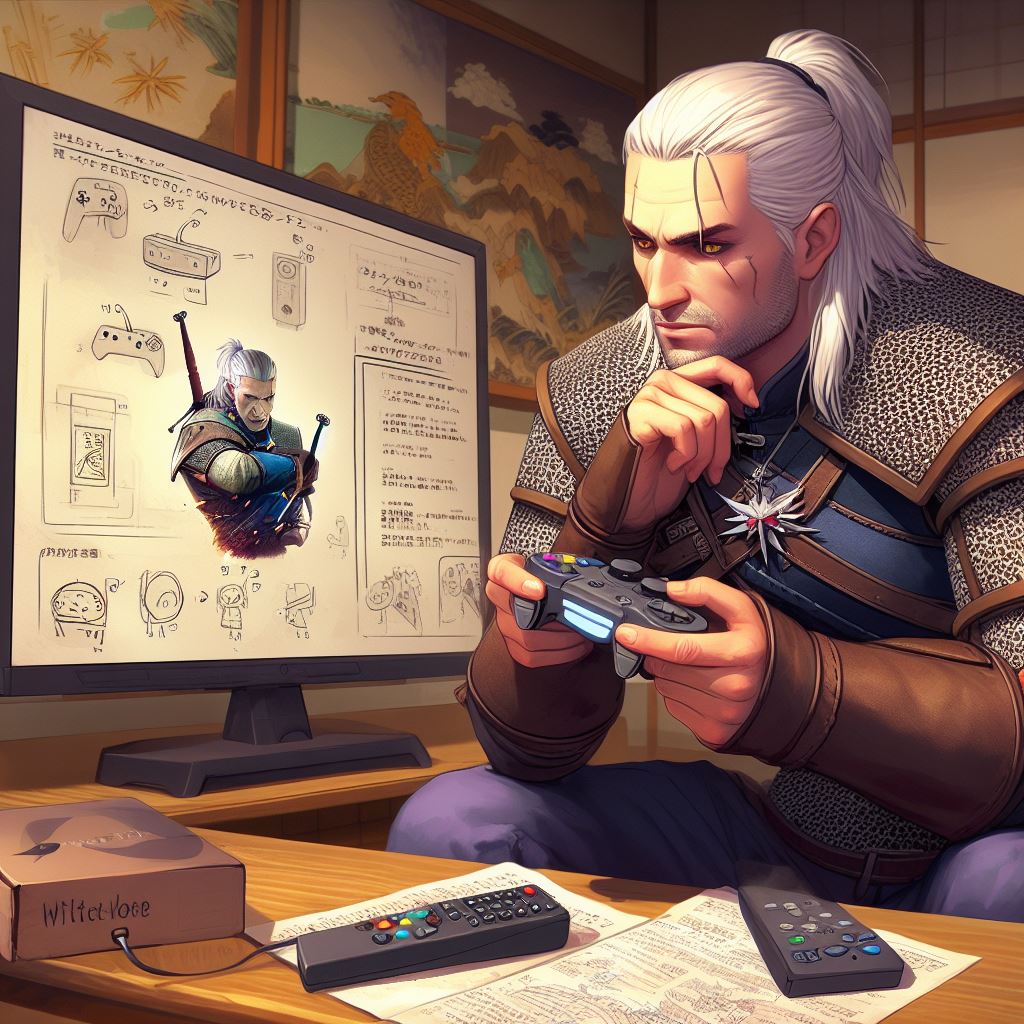It has been suggested that nearly all games, whether old or new, have a tutorial designed to clue the player in. These tutorials come in different design choices but in a study conducted by Shuangyuan Cao and Fang Liu (2022) it was found that implicit in-game tutorials can improve players’ enjoyment and are useful for players with some prior knowledge of gaming. This was especially the case with complex games employing new mechanics. As games have been seen to be good teaching tools, these findings can have broader implications.
Implicit tutorials rely on the player exploring the game world freely through trial and error. If there are instructions, they should be ingrained into the game world, not appearing as written text or something that’s constantly halting one’s playing experience. Implicit in-game tutorial design is usually seen as being an effective way to teach players the basic mechanics and ease the learning process at the beginning of the game.
The researchers’ literature review gathered key points about the state of tutorial research. One of these was that research had been lacking before 2017. Therefore, the researchers arranged a comparative study with a game featuring two versions of a tutorial, an explicit and an implicit one. The main difference among these being that the explicit one used detailed instructions, while the implicit one resembled a regular game level. The game, Little Red Riding Hood: The End of Loop, was a simple platformer made with the game-making engine Unity and played on an Android phone.
The study required players to learn certain mechanics of escalating difficulty and then perform these to beat a boss and complete the game. The sample size was 47 participants, who were divided depending on age, gender, and gaming ability. The players were asked to play the game and then conduct a questionnaire. This involved asking what they felt about the gaming experience and did they enjoy it. With an in-game recording system, it was possible to look into the game scores and achievements.
The research showed however, that inexperienced players weren’t that comfortable with the implicit tutorials. This was somewhat surprising and at odds with previous research. It was reported that in simpler games, tutorials in general aren’t that useful. It clearly shows that the design has some limitations. The researchers emphasized that future studies should take the gaming background of the players better into account.
Cao, S & Liu, F. (2022). Learning to play: understanding in-game tutorials with a pilot study on implicit tutorials. Heliyon, Vol. 8 (11). Doi: https://doi.org/10.1016/j.heliyon.2022.e11482
Pictures created by the author using Bing AI (Dall-E 3).
Marathon runner & pop culture connoisseur, tries and sometimes succeeds in finding time for gaming. Plays anything but veers towards RPGs, adventures, and indies. If a game has jumping monkeys, he'll love it. Will also humiliate himself in any board game, including chess.
You might also like
More from Game Research Highlights
How do you want to do this? – A look into the therapeutic uses of role-playing games
Can playing RPGs contribute positively to your wellbeing? A recent study aims to find out how RPGs are being used …
Are Souls Games the Contemporary Myths?
Dom Ford’s Approaching FromSoftware’s Souls Games as Myth reveals the Souls series as a modern mythology where gods fall, desires …
Of claws and cuddles: Exploring Dark Cozy Games
Cute, wholesome, safe....dark, heavy, violent? Let's talk about dark cozy games!
















